
EDITOR’S NOTE: This post is part of a series in GBA’s new Expert Exchange program. We will address a quarterly set of topics, the first of which is “Getting to Net Zero.” The series will culminate with a webinar panel discussion among contributing experts.
Upstate South Carolina home builder Todd Usher discovered his passion for working on houses back in the late 1990s while renovating several rental properties he invested in as a side job during his first career as a corporate technology and sales specialist. “I spent a lot of time fixing things on those houses and just fell in love with it,” says Todd. Sustainability and efficiency were core priorities at the manufacturing firm he worked for, which Todd cites as a major inspiration for him to develop best practices and incorporate building science into his construction projects from the outset.
Todd made a break from the corporate world back in 2000 to build homes full-time, and he launched his current company, Addison Homes, a couple years later. During his ongoing quest for building-science knowledge, he stumbled upon EarthCraft, a pioneering green-building certification program founded in 1999 by the Atlanta-based Southface Institute. After attending an EarthCraft training seminar, Todd remembers thinking, “This is the quality construction system I’ve been looking for.”
He was just about to break ground on his first custom home and offered to follow the EarthCraft certification process at no cost to his client just to try it out. After what Todd says were amazing results, he decided to apply these new-found standards to all his homes—but he never stopped looking for even better ways to build. Eventually he adopted the DOE Zero Energy Ready Home (ZERH) program, and he continues to research and experiment with new methods for boosting the performance, comfort, and durability of his homes.
Committing to high-performance builds
Todd decided long ago to build only high-performance homes. The cost increases over a code-compliant house never seemed to be enough to justify building anything other than the best house his team could produce. Plus, says Todd, “When you do one thing and focus on that, you can be a heck of a lot more efficient at doing it.”
Building in moderate climate zone 3A makes reaching zero-energy goals a bit easier for Addison Homes than it would be for similar builders in New England or the Rocky Mountains. For years, Todd’s go-to wall assembly has been OSB-sheathed 2×4 framing with unfaced fiberglass batts on the inside and 1-in. expanded polystyrene (XPS) exterior insulation. The XPS also serves as the weather-resistive barrier (WRB), with all seams taped and penetrations flashed to the foam.
Getting the details right is more important than the list of materials though, and Todd works hard to get every tradesperson on board with things like meticulous air-sealing and flashing details. “We’ve even created little one-sheet details that we can post on the site next to where that work needs to be done,” Todd says. Explaining the “why” as much as the “what” to trade partners also helps him get the engagement needed to bring everyone’s work to the next level.
Keeping pace with a changing industry
Recently, Todd and his crew have been contemplating adopting a more resilient and lower-carbon assembly, which might include a fluid-applied WRB on the sheathing with exterior mineral wool replacing the foam. Their attics typically get blown-in fiberglass insulation, which they’ll push all the way to R-49 when space allows. But ultimately, in Todd’s competitive market where green building is only just becoming a concept that new homeowners are looking for, he needs to balance affordability with comfort and performance. One bright spot on the horizon is that young buyers these days seem to care more about energy and sustainability than they do about aesthetic details, which is a reversal from previous generations.
Advancements in technology have been a big help in his pursuits, with the price of solar continuing to drop and HVAC systems becoming more and more energy efficient as the years go by. Nearly every one of Todd’s home’s gets heated and cooled by heat pumps, and he always specs variable-speed equipment. Ducted systems typically include Lennox XP25 heat pumps, which come with up to a 23.5 SEER rating, while homes that are better served by minisplits all get high-performance Mitsubishi indoor and outdoor units.
Controlling indoor humidity is a concern in South Carolina, especially when building tighter houses, so Todd also installs dedicated dehumidification equipment in all his projects. With the low demand for cooling in the shoulder months, the primary HVAC equipment doesn’t run long enough to deal with moisture in the air. Though his company has experimented with ERVs in the past, homeowners have typically been unreliable with maintenance, making the equipment more of a liability than a benefit. What he’s found works well instead is bringing fresh air in through the dehumidifier and then running it through a MERV 16 filter before sending it to the air handler for ducted systems or directly into the house when there are minisplits.
One big challenge Todd sees in selling his homes is getting a prospective buyer to appreciate how much quieter and more comfortable a house he builds will be than one built to minimum code. Within the first few days of moving in, clients who previously lived in leaky, noisy homes will often call and say something like, “I had to turn a fan on in the bedroom, because the quiet was driving me nuts!”
Todd has even considered turning one of his model homes into something like an Airbnb to let people experience the benefits of a high-performance home for themselves while they’re still in the planning phase of a project. “You can say it all day long, but you can’t really explain what it feels like,” he points out. Fortunately, because Todd is 100% committed to building comfortable, durable, energy-efficient houses at a reasonable price—and has been refining the process of doing so for two decades—every one of his new homeowners will get a high-performance home, no matter their expectations.
________________________________________________________________________
Rob Wotzak is a remodeling carpenter and freelance writer in New Milford, CT.
Weekly Newsletter
Get building science and energy efficiency advice, plus special offers, in your inbox.

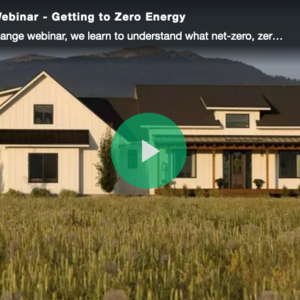
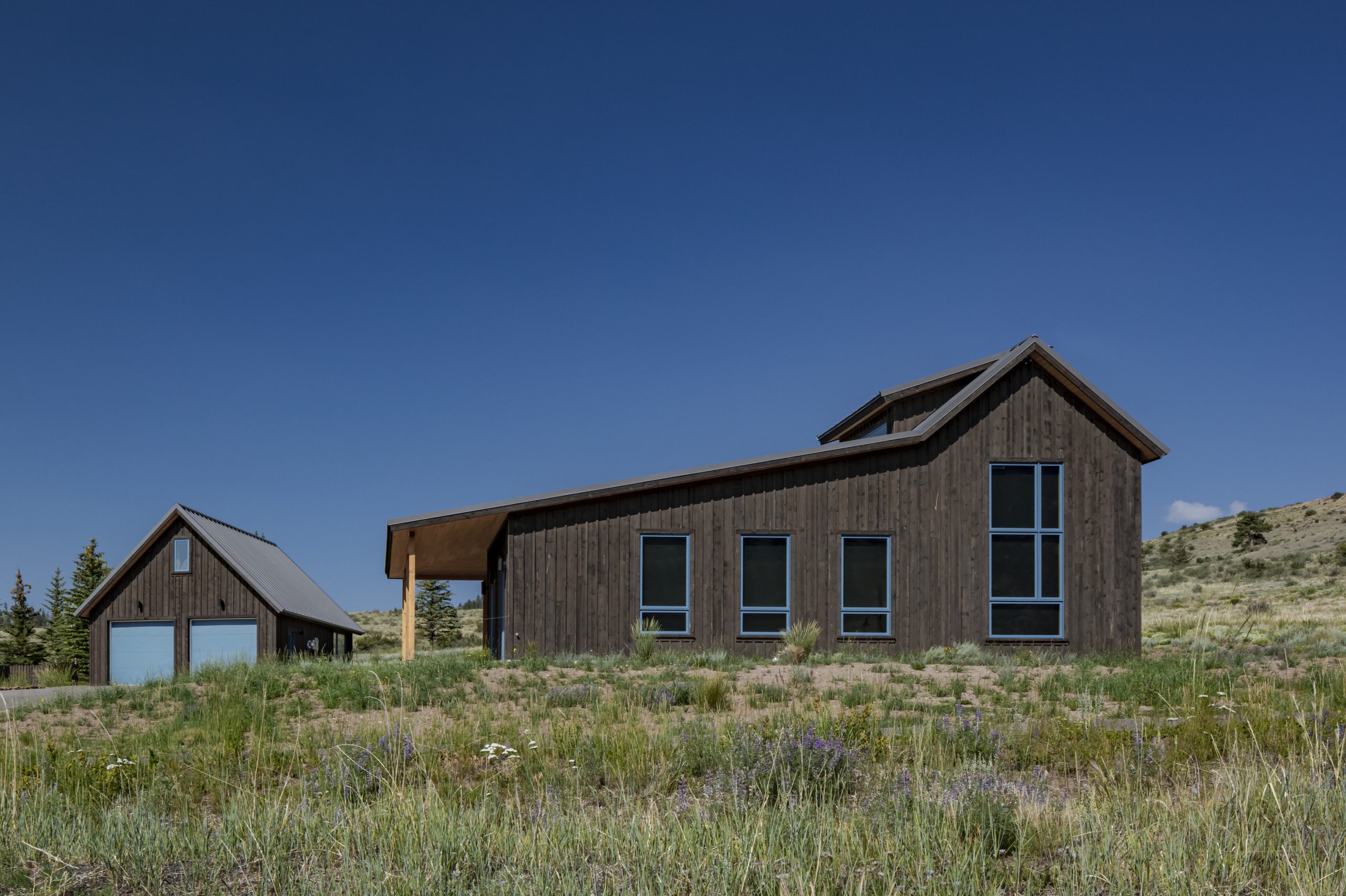

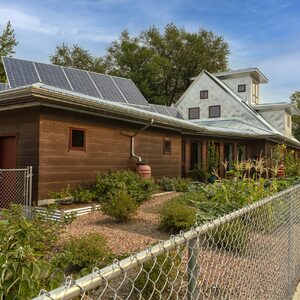


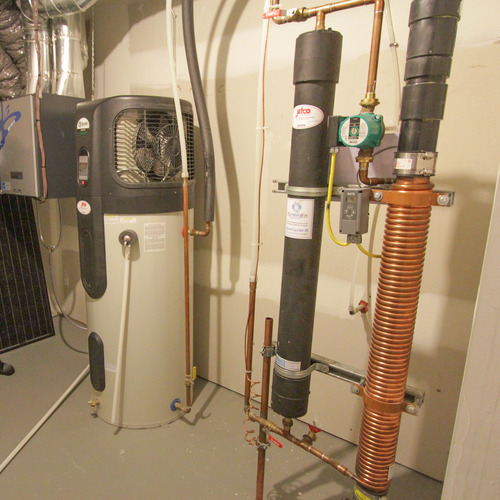
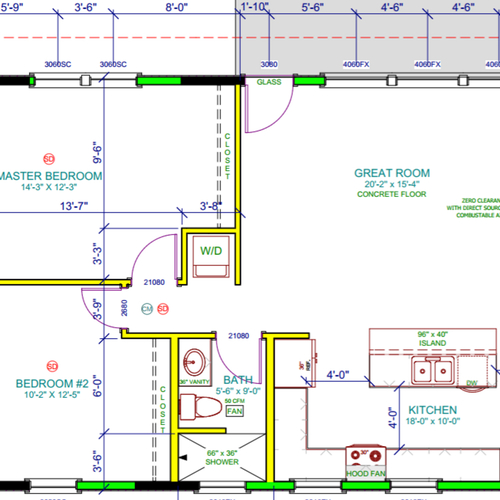






10 Comments
This is promising. It's interesting that user maintenance became a hinderance to installing and ERV.
https://www.addison-homes.com/
User maintenance is an issue with all equipment, but ERVs seem to be a special case. I've seen hundreds of ERVs in houses, and I can count the ones that were operable after a few years on one hand. And that's not even counting the ones that weren't installed and/or commissioned properly in the first place. Most are just unplugged. Just another good argument in favor of builders providing User Manuals that include maintenance checklists appropriate to the house. Might help a little...
Why do you think that occurs? Limited availability of replacement filters? Improper commissioning?
In your experience, do HRVs have the same maintenance issues as ERVs?
The only way to get costs down is with training and repeatability. Crews have to learn to build better on every job. I'm not so sure about the next generation willing to pay all that more .... one can hope. Most people don't even want to pay for window upgrades from all accounts.
Agree on the VS HVAC equipment .... have used the Carrier 5 speed on the last couple projects (good bang for the buck).
As far as HRV/ERV's ... did one and I found it no better than doing my typical dehumidifier system like the building in this article. Crazy expensive filter and when the motor failed at 5 years -- I took it out. Thankfully, I had though about the possibility and putting in the dehumidifier was easy.
Yeldog,
What do you use for ventilation if you don't include an ERV?HRV?
I do what Todd does above. Whole house dehumidifier -- coupled with fresh air controller.
My project from last year -- tied in the make up air for the stove into it as well .... powder dampers control the that flow with "y'"s. Works very well. Theoretically -- it's going to give me a slight pressurization ... that's fine as I'm in a radon zone. It's tied into the variable speed HVAC ducted system that I run even in the winter w/ my radiant floor (low fan)
I'm a bit of a nerd -- so in the shoulder season I can modify the intake and return for the house ..... But, what I have found is with the new VS HVAC equipment being so good at moisture removal --- much less humidity in the house and for the most part the dehumidifier is just taking care of the incoming air.
I have dedicated bath exhaust -- Fantech w/ twin intakes in each bathroom w/ timer. I was not impressed with the HRV/ERV use as a bath fan and in the winter it made the baths cold.
That house has radon piping -- but after testing did not require a fan. I have been in houses where the fans are too big .
Could you expand on how you tie in _stove exhaust so it triggers demand on the dehumidifier ‘external air supply and turn on the HAVC handler fan ? Aprilaire indicated I can’t do that for example .
The constant dehum sounds great. I'm interested in the non-ducted solutions. Here in Australia, mini-splits are very common.
How is distribution handled for your projects? What brands do you often use? We'd love to have you speak at our annual AIRAH Building Physics Forum.
Great info about HRV/ERV's here.. No one makes them to use regular filters?
My definition of a "Whole house dehumidifier" here in Iowa is a "central air conditioning system"..
Log in or create an account to post a comment.
Sign up Log in